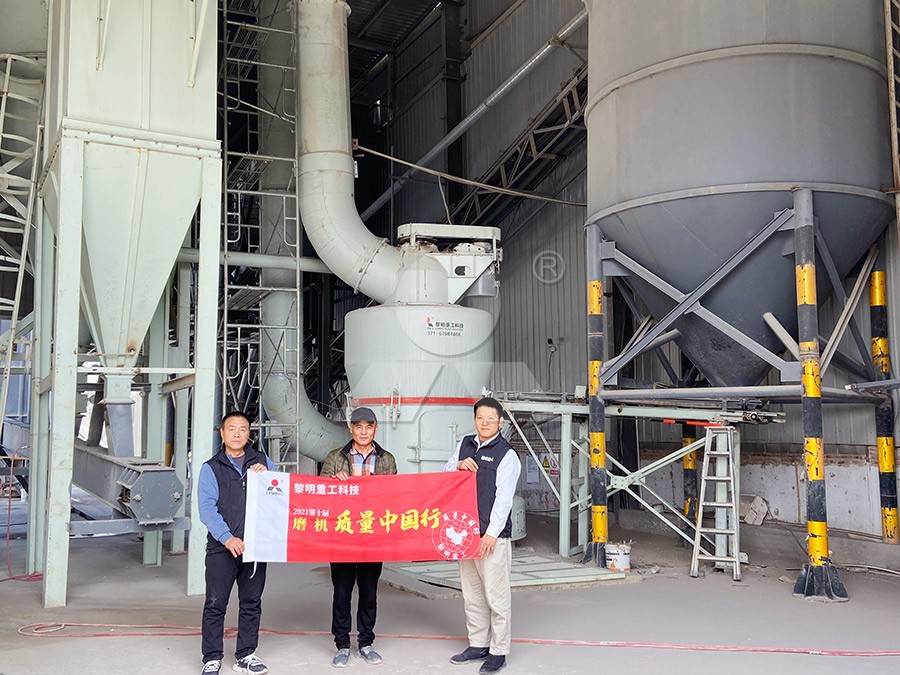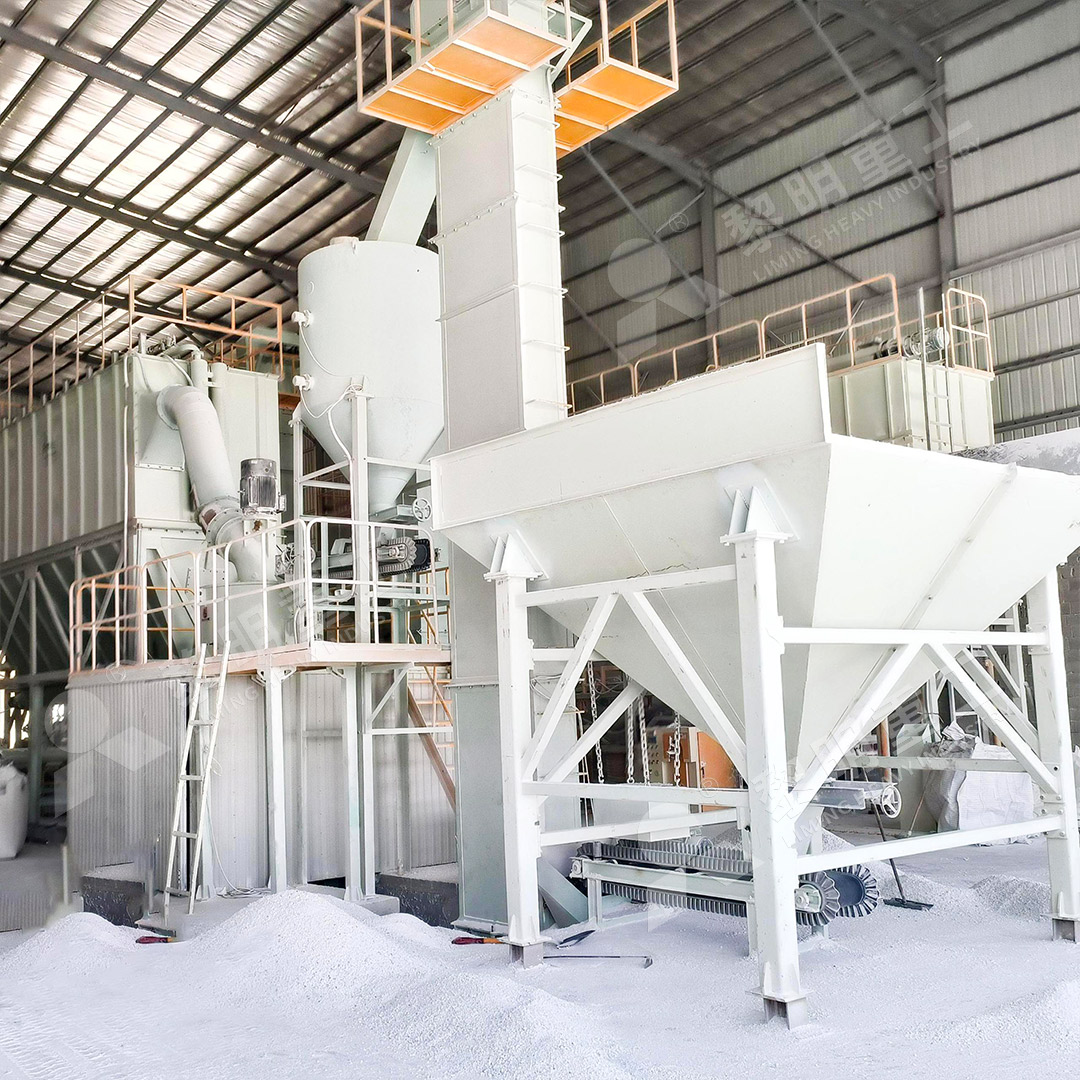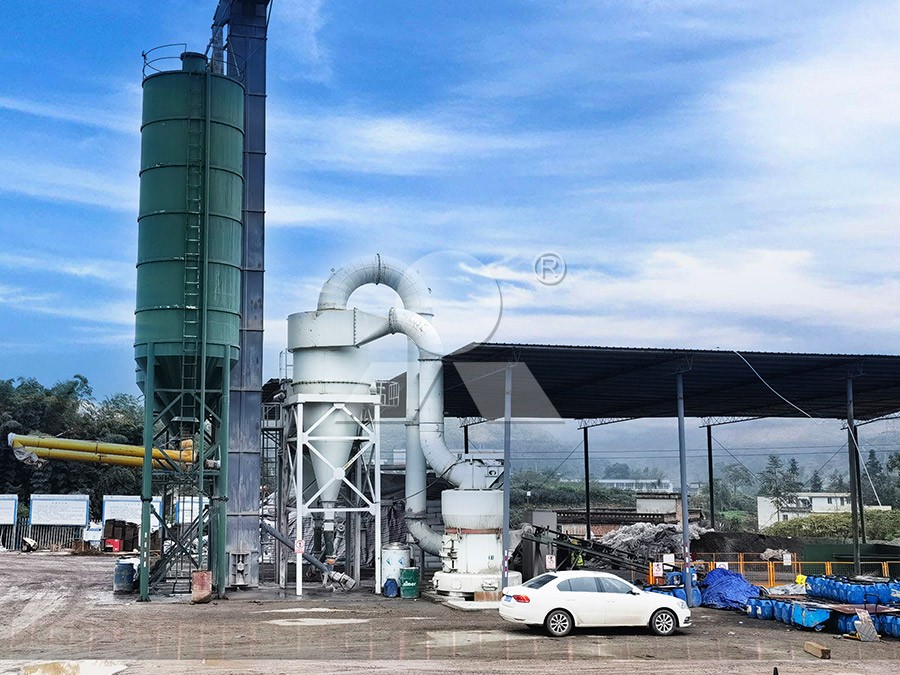High Efficiency Vertical Roller Mill for Limestone Grinding in Qingdao
High Efficiency Vertical Roller Mill for Limestone Grinding in Qingdao
The bustling port city of Qingdao has long been a hub for industrial innovation, particularly in the processing of natural resources. For operations focused on limestone grinding, selecting the right milling equipment is paramount to achieving optimal particle size, production throughput, and operational economy. The unique properties of limestone demand a mill that can deliver consistent fineness while managing the abrasive nature of the material efficiently.

Traditional grinding methods often struggle with high energy consumption and significant wear and tear. This is where advanced vertical roller mill technology demonstrates its clear superiority. By utilizing a grinding principle that employs multiple rollers pressing against a rotating table, these mills achieve comminution with remarkable efficiency. The material is ground by pressure and shear force, which is inherently more energy-efficient than the impact-dominated grinding of ball mills.
Technical Advantages for Limestone Processing
Modern vertical roller mills incorporate several key features that make them ideally suited for limestone applications. Integrated drying systems allow for the processing of materials with varying moisture content without requiring separate drying equipment. The compact design significantly reduces the footprint compared to traditional ball mill circuits, an important consideration for urban industrial areas like Qingdao where space comes at a premium.
For operations requiring ultra-fine limestone powders with precise particle size distribution, the MW Ultrafine Grinding Mill presents an exceptional solution. Engineered for customers who need to make ultra-fine powder, this machine achieves fineness between 325-2500 meshes with a remarkable screening rate of d97≤5μm in a single pass. Its innovative design eliminates rolling bearings and screws in the grinding chamber, addressing common failure points in conventional mills. With an input size of 0-20 mm and capacity ranging from 0.5-25 tph, it offers flexibility for various production requirements while consuming significantly less energy than alternative grinding systems.

Environmental Compliance and Operational Efficiency
Qingdao’s environmental regulations necessitate equipment that minimizes ecological impact. The MW Ultrafine Grinding Mill addresses this concern comprehensively with its integrated efficient pulse dust collector and muffler system. This ensures no dust pollution generates during operation of the entire milling system, while noise reduction features maintain workplace comfort and community relations. The production is organized fully according to national environmental protection standards, providing peace of mind for operators.
The economic benefits extend beyond energy savings. The machine’s higher yielding capacity at lower energy consumption translates to substantially reduced operating costs. Production capacity is 40% higher than jet grinding mills and stirred grinding mills, with yield twice as large as ball grinding mills, while system energy consumption is only 30% of jet grinding mills. This efficiency makes it particularly valuable for high-volume limestone processing operations.
Applications Beyond Raw Material Processing
The quality of limestone powder produced by advanced vertical roller mills opens opportunities in premium applications. The consistent particle size distribution and low iron contamination make the product suitable for high-value sectors including chemicals, paints, cosmetics, pharmaceuticals, and food additives. The whiteness and purity of the final product are preserved through careful engineering that minimizes mechanical wear and iron introduction during the grinding process.

Frequently Asked Questions
What makes vertical roller mills more efficient for limestone grinding than traditional ball mills?
Vertical roller mills utilize a grinding principle based on pressure and shear forces rather than impact, which is inherently more energy-efficient. They also integrate multiple processes including drying, grinding, and classification in a single unit, reducing overall energy consumption by 30-40% compared to ball mill systems.
How does the MW Ultrafine Grinding Mill handle the abrasive nature of limestone?
The mill features specially designed grinding curves of the grinding roller and ring that optimize the grinding efficiency while minimizing wear. The absence of rolling bearings and screws in the grinding chamber eliminates common failure points, and the external lubrication system allows for maintenance without shutdown.
What particle size range can be achieved with modern vertical roller mills for limestone?
Advanced models like the MW Ultrafine Grinding Mill can produce powders ranging from 325 to 2500 meshes, with the capability to achieve d97≤5μm in a single pass. The adjustable fineness allows operators to tailor the product to specific application requirements.
How do these mills address environmental concerns in urban areas like Qingdao?
Modern vertical roller mills incorporate comprehensive dust collection systems that prevent powder escape, and noise reduction technologies including mufflers and noise elimination rooms. The entire system operates under negative pressure to ensure no dust pollution, meeting strict national environmental standards.
What maintenance advantages do vertical roller mills offer over traditional grinding systems?
The design eliminates many high-wear components from the grinding chamber, and features like external lubrication allow for maintenance without production stoppages. Additionally, the reversible structure of some models enables easy access to grinding components for inspection and replacement, minimizing downtime.
